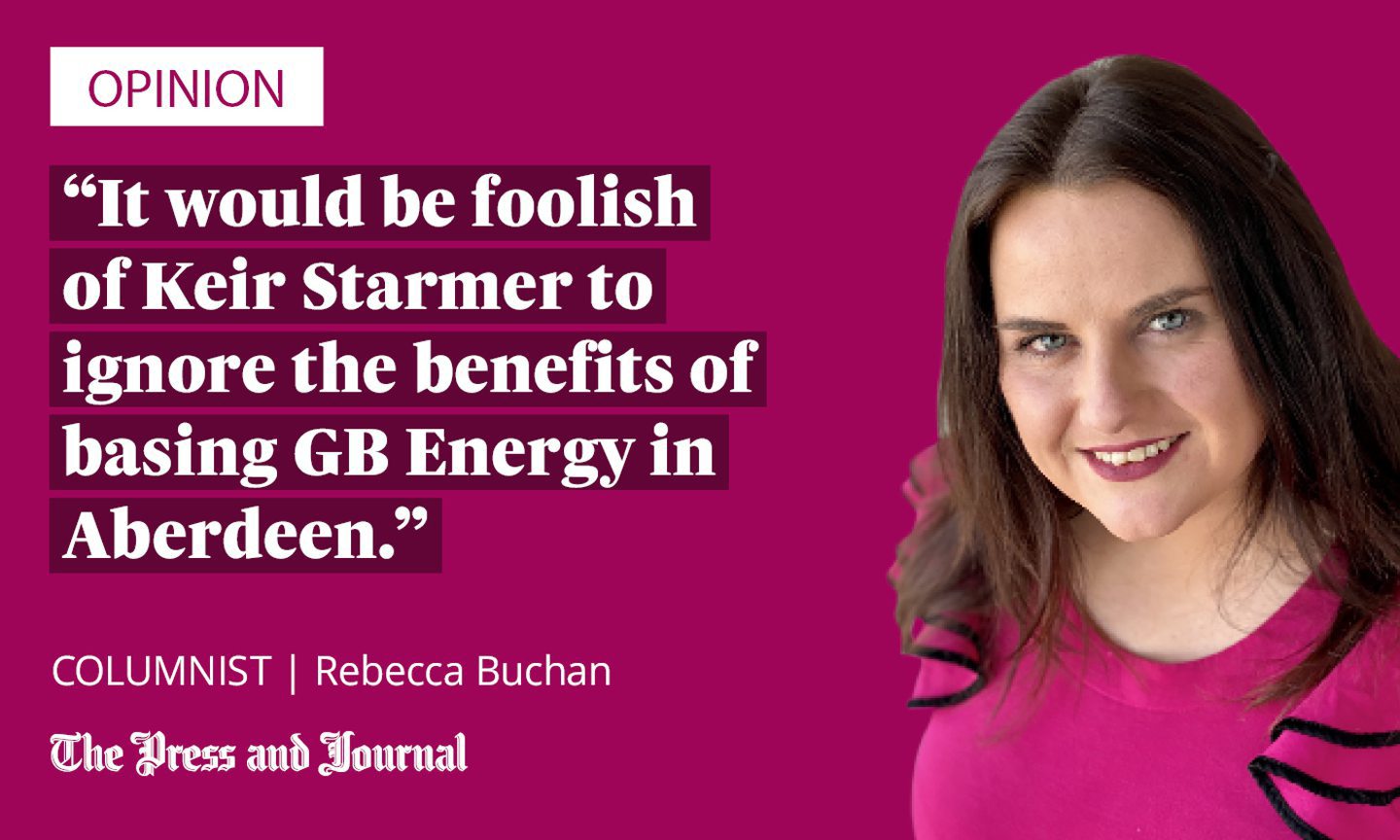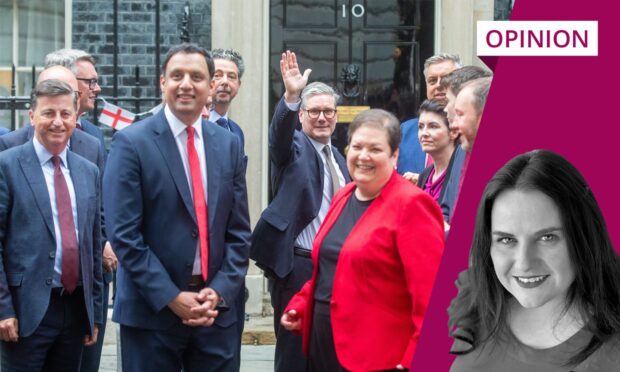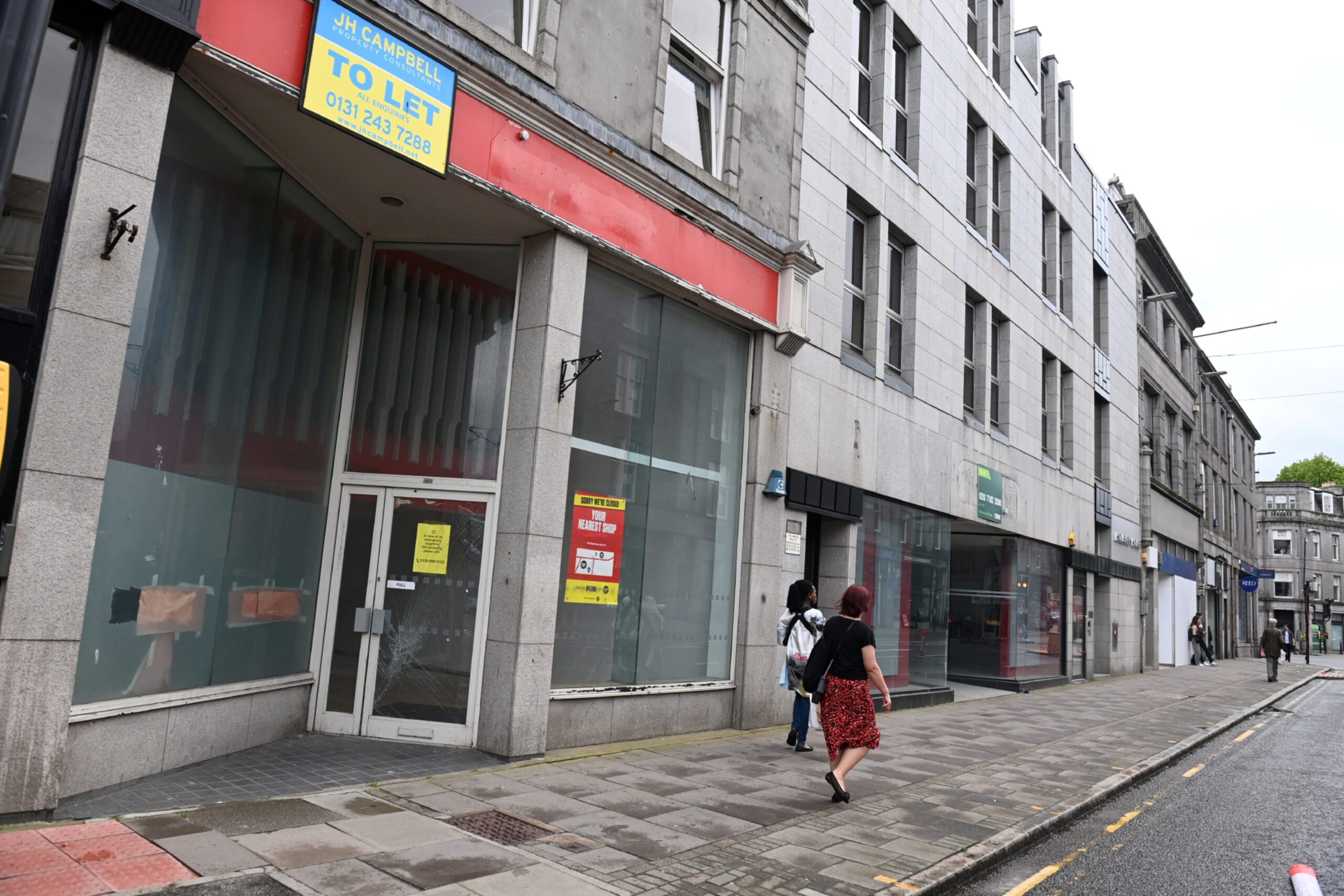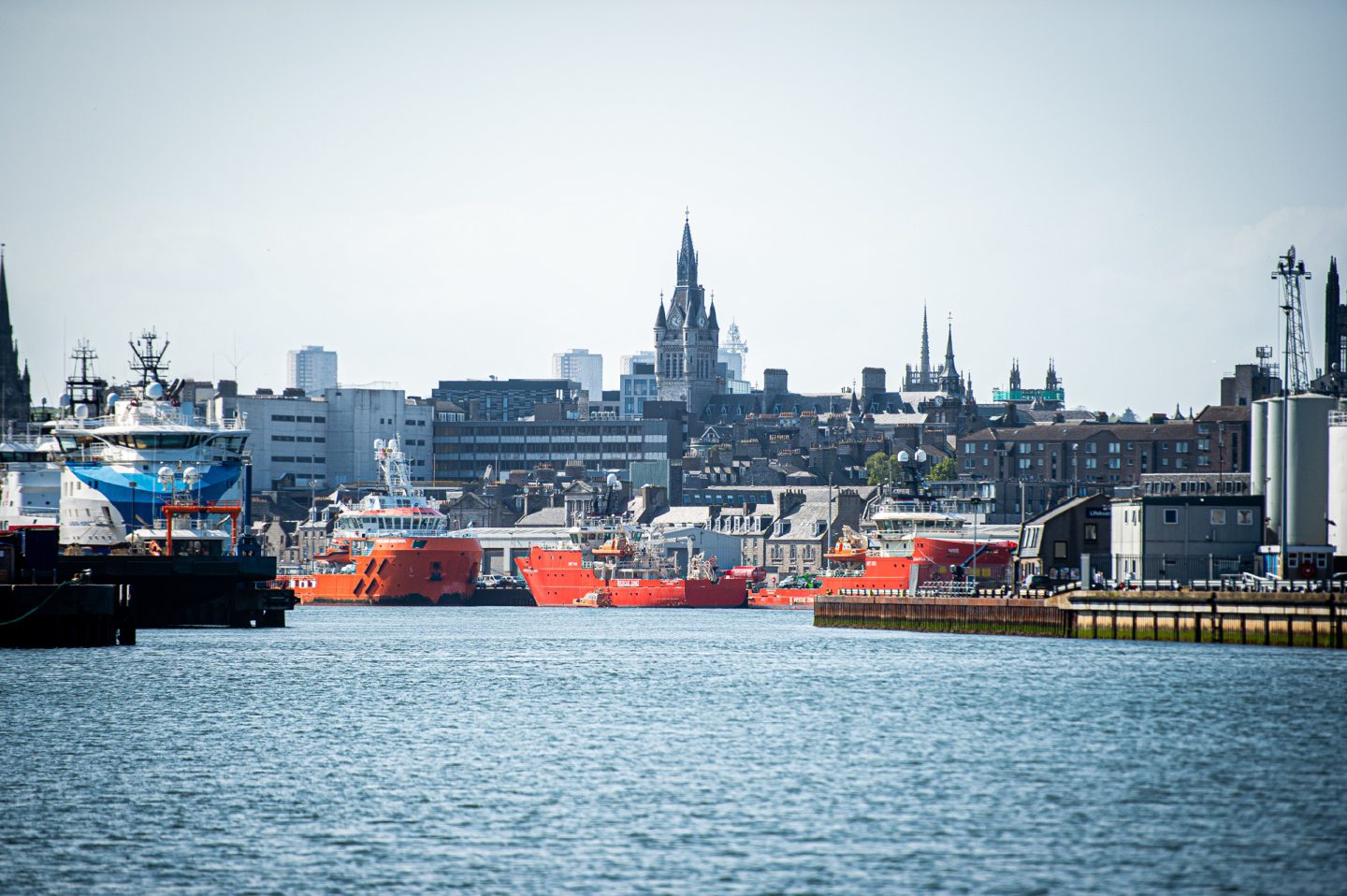As I crossed the X on my ballot paper last week, I knew in my gut, whatever my vote, it was unlikely to change the outcome of the general election.
With polls predicting a landslide win for Labour, I was certain I would wake up on Friday morning with a new prime minister.
I was headed down to London for the weekend on Thursday evening, and was quite excited to soak up the buzz of it all. It made me think of the last time Labour walked out the door at 10 Downing Street.
I was 24 the day Gordon Brown and his family packed up to leave, and a fresh-faced David Cameron ended Labour’s 13-year reign.
I had been living in the Big Smoke for a year while I undertook my journalism postgrad, and volunteered every spare hour at The Independent on Sunday. It was my first, and only, year living away from the Granite City, since I opted to study close to home for my undergrad.
People had warned me about the cost of living in the capital, and I had braced myself for having very little disposable income. But I quickly learned that I was so used to eye-watering Aberdeen prices, London’s didn’t really faze me.
The north-east economy being intrinsically linked to the price of Brent was something we had long become accustomed to back then. Business rates, in particular, were calculated based on the assumption that spending was high – which, to be fair, it was. Aberdeen residents were all loaded, don’t you know?
And for firms to be able to pay their bills, this led to overly inflated prices for things like houses, hotel rooms and, more simplistically, a pint or glass of wine.
But, all in all, the economy was good. Before 2014, unemployment was at 2% in Aberdeen.

This was all well and good while the price of oil was high. And, as we were largely shielded from the 2008 economic downturn, it very much felt like we lived in a bubble.
I remember vividly the Malmaison hotel promoting its Sunday brunch. The set-price offering was the same no matter which branch you visited across the country – except in Aberdeen, where customers had to pay a £5 premium.
But, shortly after the Conservatives took the reins at Westminster, our bubble burst. Aberdeen’s time under a Tory government was mostly about surviving rather than thriving.
It has been more than a decade of austerity. Shop closures, energy firms downsizing and some moving out of the North Sea, taking with them their payroll of thousands.
Property prices have plummeted, university numbers have dropped, and the city has started to feel a bit empty. Unemployment is now higher in Aberdeen than the national Scottish average, and it is one of only two cities in the UK to have fewer jobs today than in 2010.
While it once felt like this was a city forever destined to reap the benefits of black gold, the past highs have only made the fall greater.
But with the tides of change at Westminster, so the fortunes of the Granite City could change, too.
Granite City is the logical home for GB Energy
The formation of Opportunity North East in 2015 was the start of the region acknowledging that we should be less reliant on one industry. It was founded by oil and gas mogul Sir Ian Wood to highlight the amazing expertise the area has, and to ensure they were not lost with the decline.
In the same vein, it was heartening to see the future of the UK North Sea being central to Prime Minister Keir Starmer‘s first few days in power.
His pledge to save jobs at Grangemouth is an encouraging sign that Scotland is at the forefront of his mind, even as he settles into his new role. But he can’t forget about what could be lost further north if he doesn’t pay Aberdeen and its workforce the same courtesy.
The skills the north-east has amassed across the energy sector cannot be ignored when Starmer sets about creating GB Energy.
The PM has repeatedly refused to confirm where his promised publicly-owned energy firm will be stationed, other than committing to it being in Scotland. And it would be foolish of him to ignore the benefits of basing it in Aberdeen.
The city has been rebuffed in the past, with freeport status controversially rejected in 2023.
While Sir Keir promises change as he gets started on a new era, many in the Granite City will be watching with interest. And his handling of GB Energy will no doubt be on local voters’ minds next time they visit the ballot box.
Rebecca Buchan is deputy head of news and sport for The Press and Journal and Evening Express



Conversation